With the onset of warm days, many of us go to our summer cottages to thoroughly prepare for the summer season. Learn about diseases of flower cultures of a fungal nature, as the most common and dangerous misfortunes for flower gardening.
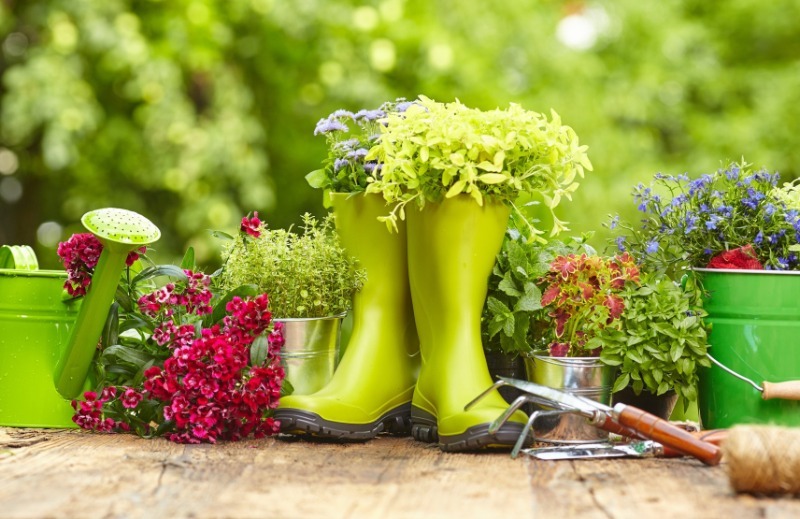
Gray rot
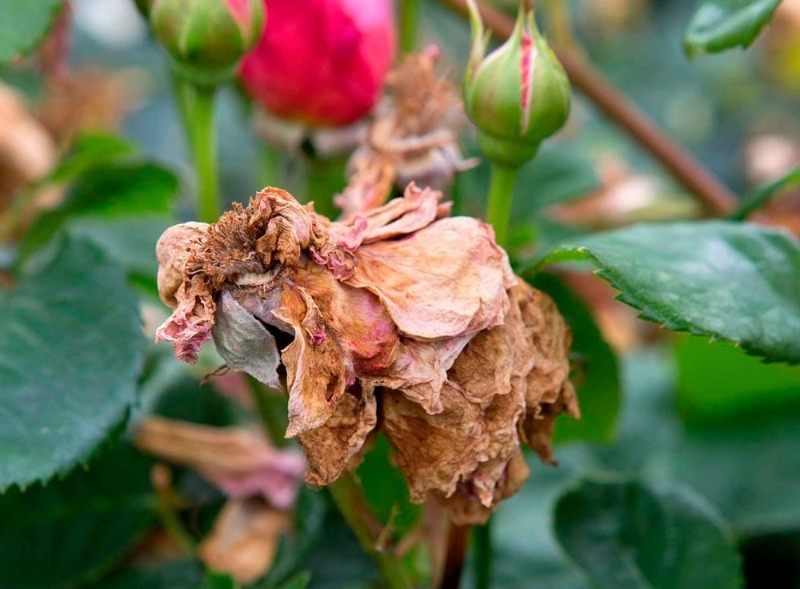
Gray rot is a rather dangerous bacterial disease of flower crops, the causative agent of which is the fungus Botrytis cinerea. The source of the misfortune is conidia and sclerotia in the ground and plant debris. An indispensable condition for a plant to be infected is the presence of damage on its flowers, leaves and stems. First of all, weakened and young plants that are not yet sufficiently developed are affected. For flower crops, the flowering period is especially dangerous.
Clinical signs of the disease first appear on the lower leaves, and then there is a gradual infection of the entire plant up the stem. It looks like small light brown spots, which eventually become covered with a grayish-whitish fluff. This is like the spores of the pathogen fungus.
Especially often suffer from gray rot gladioli, roses and peonies. The disease leads to a gradual damage to the leaf plates, decay, wilting and rather rapid death of the entire plant, as the processes of photosynthesis stop. The most favorable conditions for the spread of the fungus pathogen of gray rot is an increase in air humidity against a background of low temperature indicators.
To avoid the appearance of gray rot on the site, you should thoroughly loosen the soil, observe crop rotation and not abuse the thickening of the plantings. Flower bulbs should be pre-cleaned and dried thoroughly. If the disease could not be avoided, then it is urgently necessary to treat flower crops with a mixture of wood ash (1 glass), chalk (1 glass) and copper sulfate (1 glass) in a ten-liter bucket of water. This mixture is enough for 2-3 sq. meters of area. Especially effective, even in the late stages of the development of the disease, is 1% Bordeaux liquid. You can use "Fitosporin - M".
Powdery mildew
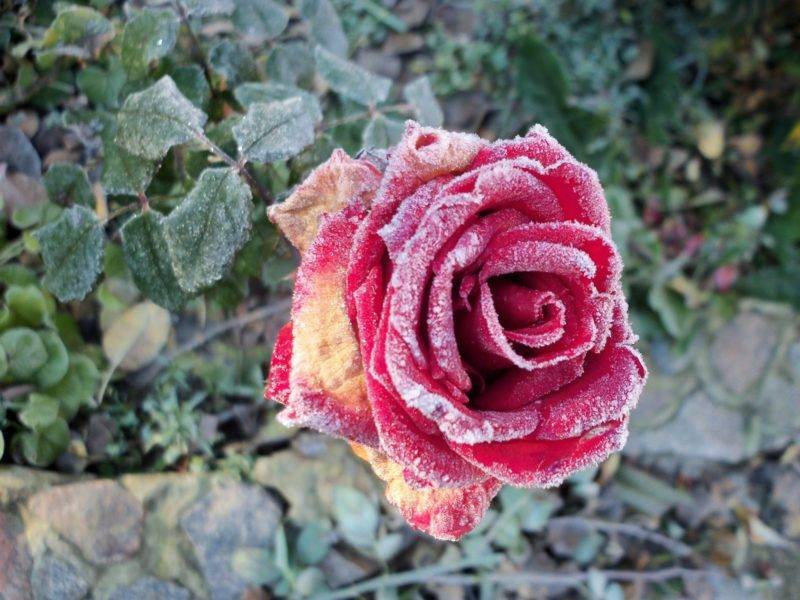
Powdery mildew is the most common disease of garden flowers, caused by several types of microscopic ectoparasitic fungi Erysiphales. Popularly, the disease is often called "white" or "ash", as its external manifestations look like a powdery coating of white or brownish-gray color on the surface of buds, leaves and branches of a flower.
Infected leaves curl up and die off very quickly. Pathogenic fungi spread very quickly, adapting well to unfavorable weather conditions, and easily overwinter on dead plant parts until the new season.
In order to fight this scourge, at the summer cottage, optimal conditions for the development of plants should be created, as well as special medications with a healing and prophylactic effect should be used. For example, "Topaz" and "Speed". Spraying should be done in a timely manner at the first suspicion, so as not to start the disease and prevent it from spreading to healthy plants. A fairly effective prevention of powdery mildew is the treatment of the site with garden sulfur.
Fusarium
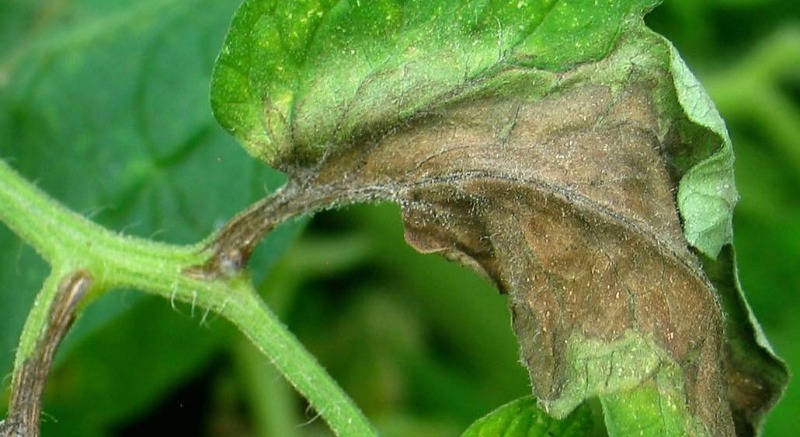
The fungal disease Fusarium, caused by Fusarium fungi, is the most dangerous for annuals. In particular, for asters, which are subject to it at any stage of plant development. In young plants, the shoots gradually wilt and dry out, in adults, the lower leaves first turn yellow, then the whole plant begins to wither: the stem at the root collar becomes brown and quickly decays.
Pink bloom, rapidly spreading along the stem to flowers and buds, indicates the presence of spores of a pathogenic fungus on the plant. Infection of flower crops with Fusarium occurs through the root system, followed by propagation along all vascular branches of the plant, which leads to its wilting. The infection is transmitted by seed and through contaminated soil.
For the prevention of the disease, use phosphorus-potassium fertilizing of plants and spraying with the drug "Oxyhom", "Maxima", "Fitosporin-M". Discovered diseased plants should be immediately removed from the site and destroyed in order to prevent the spread of fusarium throughout the summer cottage.
Rust
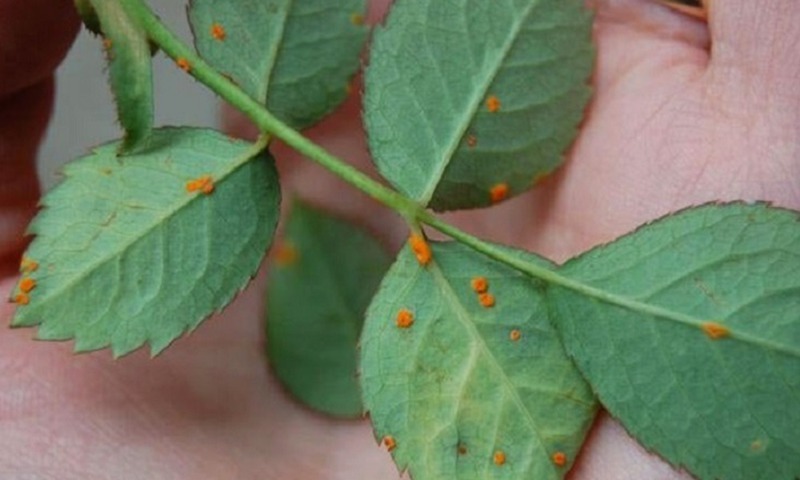
Rust caused by pathogenic rust fungi is a serious problem in a summer cottage. If you do not fight it, it very quickly spreads to all aerial parts of the plant and, in the end, leads to its death.
The signs of the disease are quite specific, so it will not be difficult to determine its presence at the summer cottage. The disease is manifested by the formation of yellow-red inclusions or pads of various shapes and sizes on the leaves and petals of flowers. When these so-called pustules are cracked, the spores of the rust fungus are emitted in the form of a powder similar to rust.
The destructive effect of pathogenic flora on a plant leads to increased evaporation of moisture from its surface, as a result of which it dries up and dies. Rust is especially dangerous for balsam, irises, mallow, bluebells, bush peonies and pelargoniums; roses, chrysanthemums and clematis can become infected.
Fungal spores actively spread downwind from nearby areas and fields. You can stop the spread of harmful microorganisms by planting shrubs with a dense and dense crown (irga and similar plants) around the entire perimeter of your garden area.
You can fight rust in flowers with the help of 1% Bordeaux liquid, approved fungicides "Abiga-Peak", "Cumulus", "Strobi" and preparations containing sulfur.
Blue rot
Blue rot or penicillosis is a putrefactive disease caused by this kind of fungi. It is found in bulbous flower crops such as tulips, daffodils, gladioli, and hyacinths. It occurs mainly as a result of mechanical damage to plants, the bulbs of which are subsequently stored in conditions of excessive humidity and low air temperatures.
Initially, the disease manifests itself immediately before planting in the form of small overgrown and dried roots and soft red areas on the surface of the bulbs. Planted in the ground, they will begin to provoke rotting of the rest of their own bulb and neighboring tubers. The flower-stalks of such a plant will look unnaturally short and fragile. At the first suspicion of the spread of the disease, the affected bulbs should be immediately dug up and destroyed.
As a preventive measure, it is necessary to carefully select the planting material: the flower bulbs must be clean, dry and free from visible defects. It is necessary to clean the summer cottage from weeds on time and with high quality and to process it with fertilizers. It is best to use potassium fertilizers, they help plants to develop and increase their resistance and endurance. The use of nitrogen-phosphorus additives is also allowed, however, in this case, you should certainly adhere to the accuracy of the dosage of drugs.
Fungal infections can exist for years in our summer cottages, spread in the soil and on the surface of plants, perfectly adapt to the environment and continue to infect flower crops for a long time. You should be more careful about the prevention of these dangerous diseases and take timely measures.
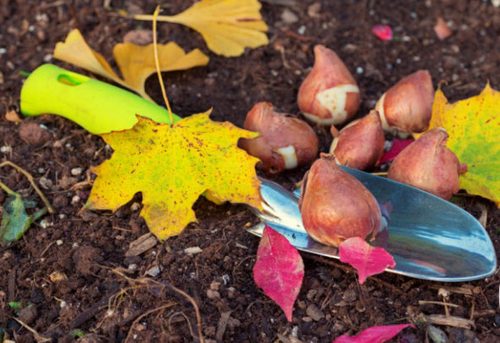
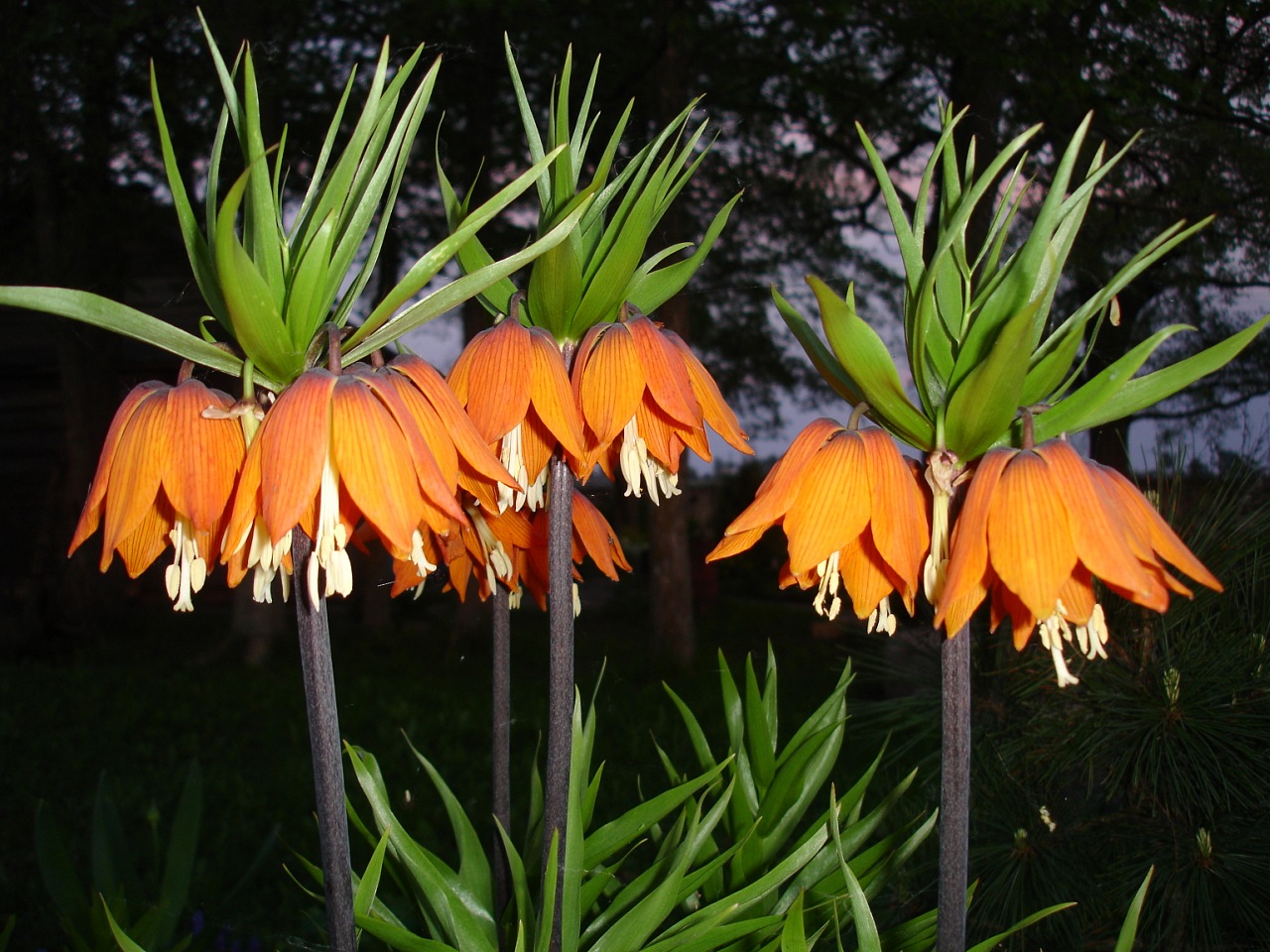
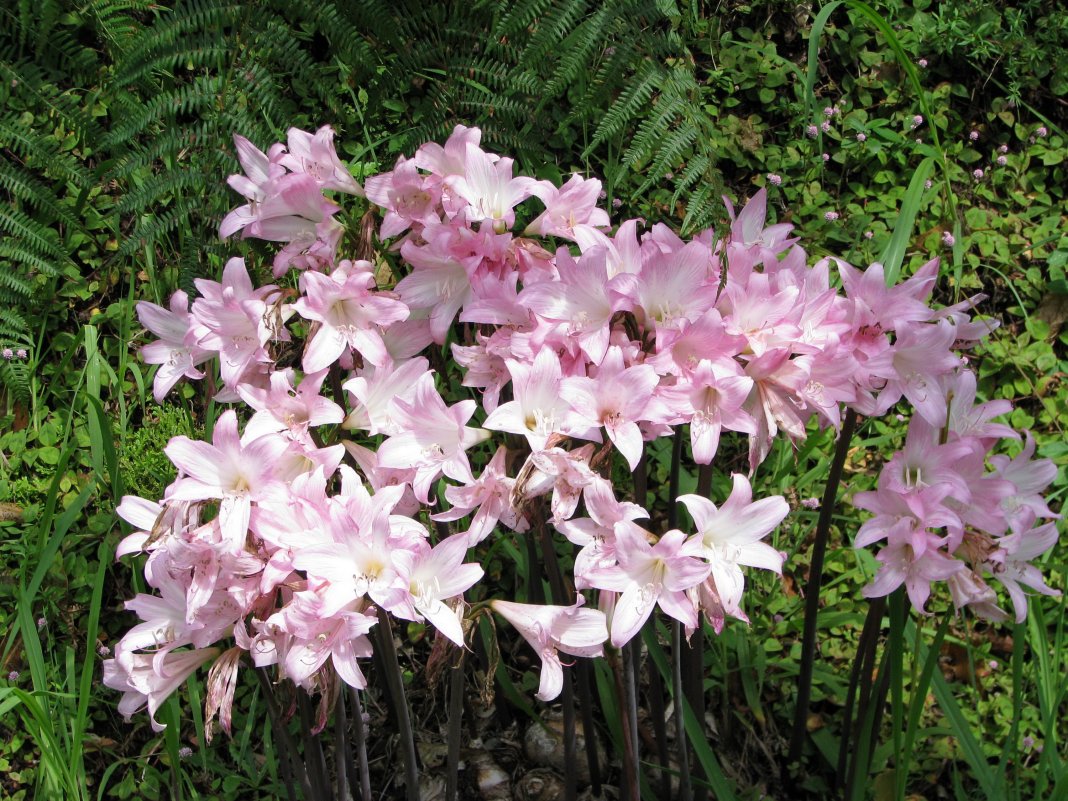
1 comment